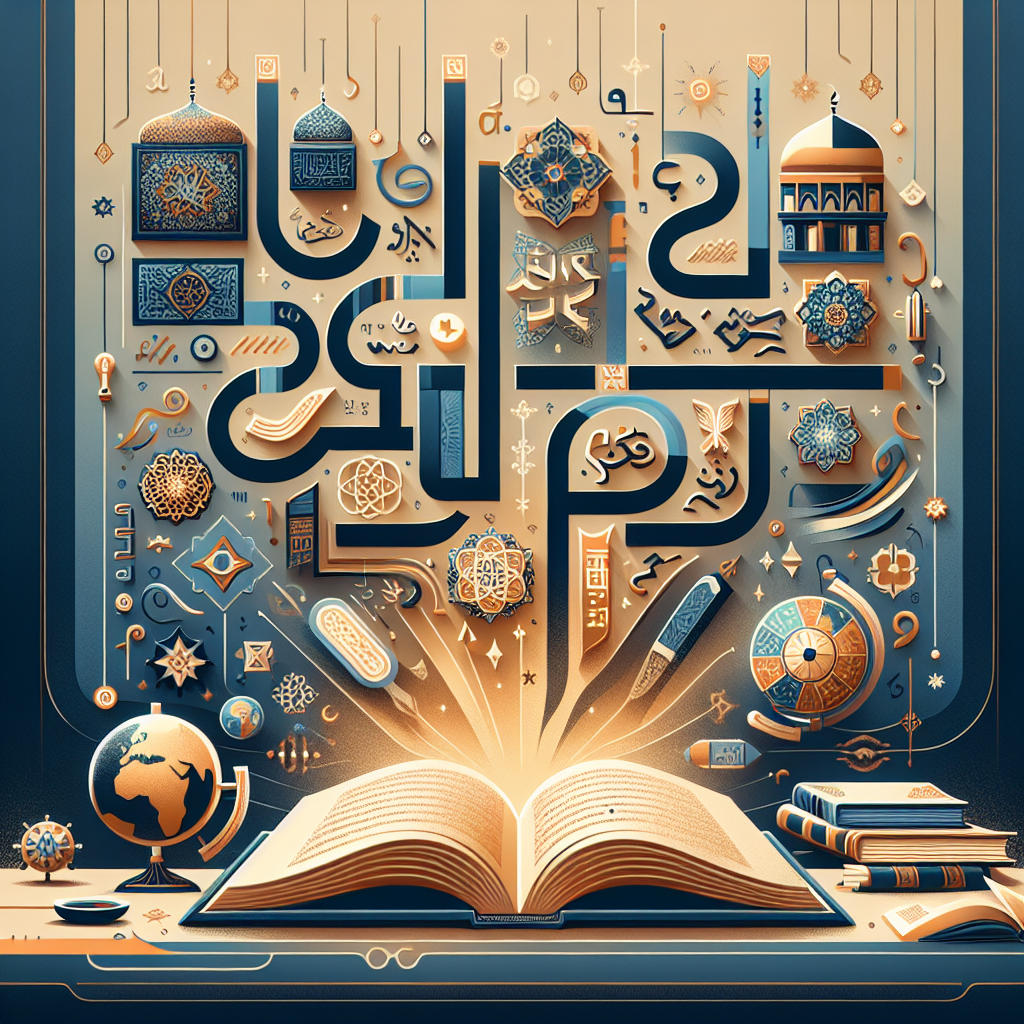How to Use the Arabic Alphabet in Designing Cultural Exchange Programs
In an increasingly interconnected world, cultural exchange programs play a pivotal role in fostering mutual understanding and respect among diverse communities. One unique and effective way to enrich these programs is by incorporating the Arabic alphabet. The Arabic script not only opens doors to a rich linguistic heritage but also provides a visual and artistic dimension that captivates participants. Let’s dive into how you can creatively use the Arabic alphabet in designing unforgettable cultural exchange experiences.
Table of Contents
1. Introduction to the Arabic Alphabet
2. Integrating the Arabic Script in Workshops
3. Designing Interactive Language Sessions
4. Utilizing Arabic Calligraphy as an Art Form
5. Conclusion
6. FAQs
1. Introduction to the Arabic Alphabet 🗝️
The Arabic alphabet consists of 28 letters and is written from right to left. It’s used in many languages across the Middle East and North Africa, including Arabic, Persian, and Urdu. Introducing this alphabet to participants can be a gateway to understanding not only a language but also a culture’s literary and historical context.
2. Integrating the Arabic Script in Workshops 🛠️
Workshops are a fantastic way to engage participants actively. Start with basic letter recognition and pronunciation. You can use colorful flashcards or interactive digital tools to make learning fun and memorable. Encourage participants to write their names using Arabic script, providing a personalized connection to the language.

3. Designing Interactive Language Sessions 💬
Language sessions can offer more than just vocabulary lessons. Incorporate storytelling and role-playing activities that use simple Arabic phrases. This not only helps with language retention but also enhances cultural awareness. Consider inviting native speakers to share stories or cultural anecdotes, providing a real-world context to the language.
4. Utilizing Arabic Calligraphy as an Art Form 🎨
Arabic calligraphy is a revered art form that offers a unique blend of linguistic and artistic expression. Organize calligraphy workshops where participants can learn to create their own pieces. This not only teaches them about the beauty of the script but also allows for self-expression through art. Showcase participants‘ work in a small exhibition, celebrating their creativity and newfound skills.
Conclusion
Incorporating the Arabic alphabet into cultural exchange programs enriches participants‘ experiences by offering them a deeper understanding of the language and culture. Through workshops, language sessions, and calligraphy, you can create an engaging and educational environment that bridges cultural gaps and fosters lasting connections.
FAQs
Q1: Is it difficult for participants to learn the Arabic alphabet?
A1: While the Arabic alphabet may seem challenging at first, with interactive and engaging methods like workshops and calligraphy sessions, participants often find it easier and enjoyable to learn.
Q2: Can non-native speakers effectively teach the Arabic script?
A2: Absolutely! With the right resources and training, non-native speakers can facilitate learning sessions. However, involving native speakers can enhance the experience by providing authentic insights.
Q3: How can I make Arabic language sessions more interactive?
A3: Incorporate storytelling, role-playing, and cultural anecdotes in your sessions. Use digital tools and apps to engage tech-savvy participants and make learning more dynamic.





